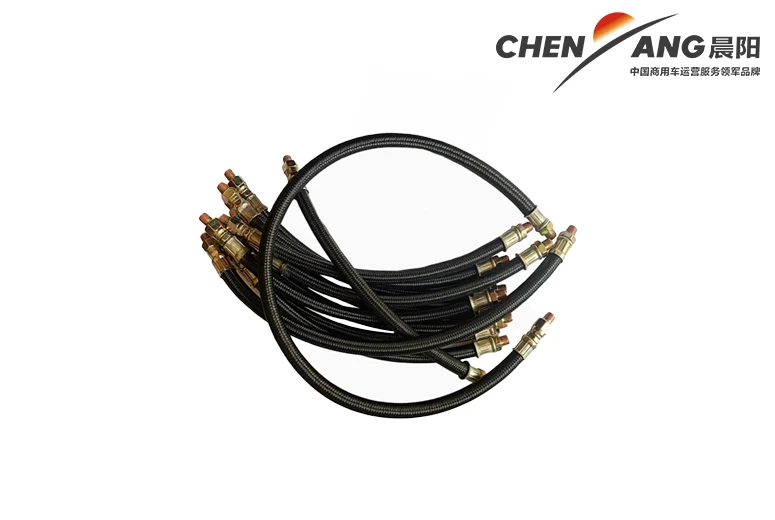Different Categories of Construction Machinery and Their Uses
Types of Construction Equipment
Construction projects, whether large or small, require a variety of equipment to ensure efficiency, safety, and quality. With the advancement of technology and the increasing scale of construction endeavors, the types of construction equipment available have diversified significantly. In this article, we will explore the most common types of construction equipment, their functions, and their significance in the construction industry.
1. Excavators
Excavators are essential for earth-moving operations. They are typically equipped with a boom, dipper, bucket, and cab, which sits on a rotating platform. Excavators are used for digging trenches, holes, and foundations; they can also handle materials as a mini-loader would. The versatility of excavators is evident in their ability to be fitted with a range of attachments, including hydraulic hammers, augers, and grapples, making them suitable for various tasks beyond digging.
2. Bulldozers
Bulldozers are robust machines that consist of a heavy, broad blade in front, ideal for pushing large quantities of soil, sand, or debris. The powerful track systems allow bulldozers to operate on rough terrains, making them suitable for site preparation, grading, and moving large volumes of material. Their ability to crush and push materials makes them invaluable in large construction projects, road building, and mining operations.
3. Crane
Cranes are pivotal in lifting and moving heavy materials across construction sites. They come in various types, including mobile cranes, tower cranes, and crawler cranes, each designed for specific tasks and terrains. A tower crane, often seen on skyscraper construction sites, provides the height necessary to lift materials to great elevations, while mobile cranes offer flexibility in movement and can be used for a variety of tasks on different sites.
4. Forklifts
types of construction equipment

Forklifts are critical for material handling within construction sites. They are designed to lift and transport heavy loads over short distances. Forklifts can be equipped with various attachments, allowing them to handle pallets, drums, and other materials effectively. Their mobility and versatility make them excellent tools for loading, unloading, and moving materials around the site.
5. Backhoes
Backhoes combine the functionality of a tractor and an excavator. They consist of a digging bucket attached to a two-part articulated arm mounted on a tractor-like chassis. Backhoes are used for digging, hauling, and lifting, making them ideal for smaller projects. Their compact size allows them to work effectively in tight spaces, often found in residential construction.
6. Compactors
Compactors play a crucial role in preparing ground surfaces for construction. They are used to compact soil, gravel, asphalt, or concrete to improve load-bearing capacity and stability. There are various types of compactors, including plate compactors, jumping jacks, and roller compactors, targeting different project needs. Proper compaction ensures a stable foundation, reducing the risk of settling or shifting over time.
7. Concrete Mixers
Concrete mixers are essential for projects requiring concrete. They mix the concrete components—cement, water, sand, and gravel—to achieve the desired consistency and strength. On-site mixers ensure that concrete is fresh and ready for application, promoting better work quality and faster project timelines. Additionally, specialized truck-mounted mixers help transport ready-mixed concrete from a plant to the site.
Conclusion
The construction industry relies heavily on a variety of equipment to complete projects efficiently and safely. Each type of construction equipment has its unique functions and advantages, contributing to the overall success of construction endeavors. As technology continues to advance, we can expect the development of even more specialized machinery, enhancing the capabilities of construction teams and improving productivity on job sites. Understanding these equipment types is essential for anyone involved in construction, from project managers to operators, ensuring that the right tools are used for each task.
-
SINOTRUK HOWO 84 Electric Dump Truck for Eco-Friendly Heavy HaulingNewsJul.26,2025
-
The Fast 16-Gear Manual Transmission Assembly for Heavy TrucksNewsJul.25,2025
-
Mercedes Benz Actros 1848 42 Tractor Truck for Sale - Reliable PerformanceNewsJul.24,2025
-
High-Quality Water Pump Assembly for Sinotruk Trucks – Durable & ReliableNewsJul.23,2025
-
Premium Truck Engine Antifreeze Coolant Fluid for Heavy Duty VehiclesNewsJul.22,2025
-
FOTON View G7 Mini Bus: Affordable & Spacious TransportNewsJul.22,2025
Popular products

























